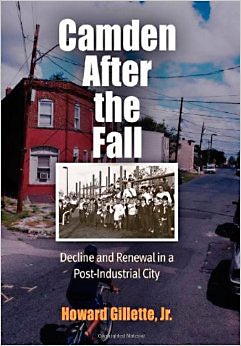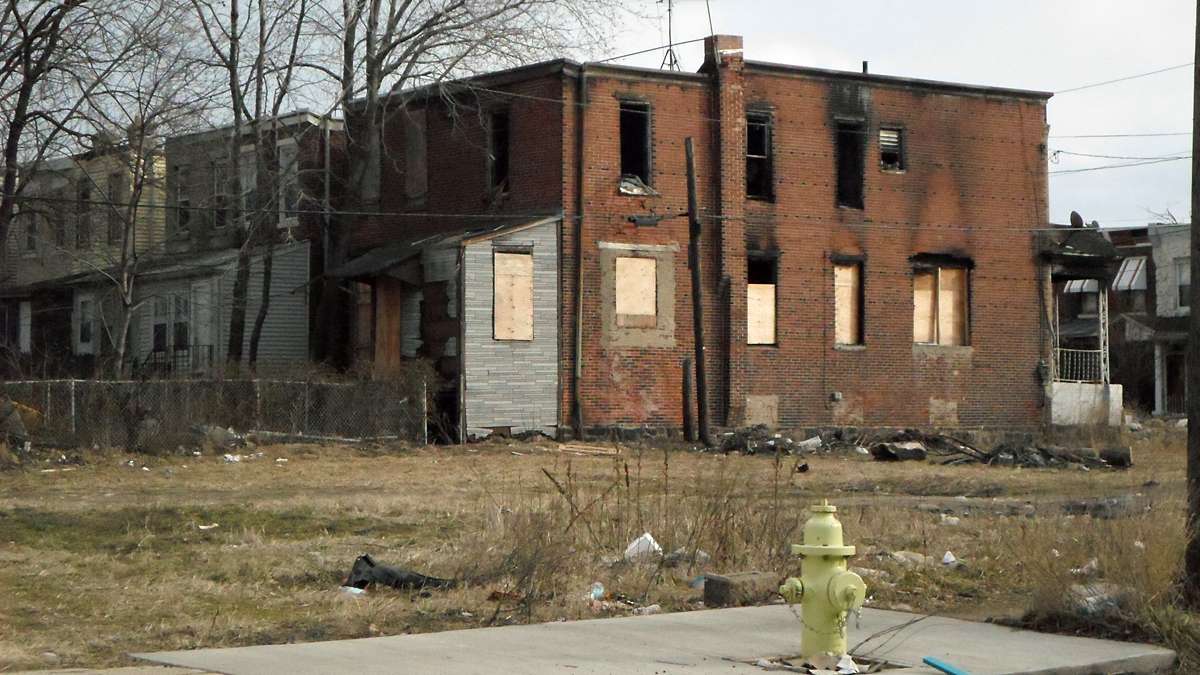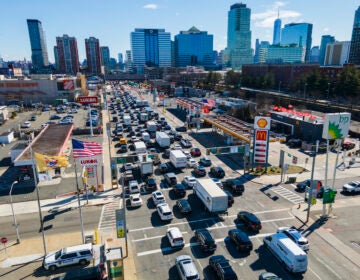Commentary: It’s time to put a regional plan in effect for Camden
This was a big month for the beleaguered city of Camden, with President Obama praising the city as a model for the nation. Who could possibly have predicted such an occasion, even a few months ago?
At the same time, a very different story has been bubbling up about the Metro police force the president came to praise. Low salaries and high turnover, combined with an unusually high number of complaints about excessive force, have muddied the waters in what the mainstream media has largely treated as a success story worthy of emulation.
Indeed, only days after the president’s visit, the town that most fully borders Camden, Pennsauken, rejected a proposal to join the Metro police force, despite claims that consolidation would save money and assure more effective means of pursuing criminals when they cross city lines.
Both Camden’s perceived success and Pennsauken’s reticence to embrace the new system bring to the fore a dimension of the current public safety debate that is too seldom acknowledged, let alone acted on: regional cooperation.
Over the past several decades, a good number of former Camden residents, following familiar transportation routes and accessible housing stock have made their way to Pennsauken. With full knowledge of the white flight that had taken place a generation earlier in Camden, Pennsauken residents acted proactively to protect property values by selling the advantage of their location while at the same time welcoming new residents. Drawing together both African American and white residents to form a Stable Integration Board, town leaders stabilized their community without resorting to additional public safety measures.
Unfortunately, Pennsauken’s role in integrating a flow of minorities into its existing population has not been widely replicated in other Camden County suburbs. As a consequence, poverty remains highly concentrated in Camden, leaving that jurisdiction with the considerable burden of acting alone to contain its associated social ills.
When the state took over Camden in 2002, it wrote area-wide cooperation into its plan for the city’s recovery by mandating a regional impact council, whose responsibility was “to review and coordinate regional issues, such as public safety, economic development, and affordable housing.” Typically for a state where localized prerogatives are so intense they have inspired a book entitled “Municipal Madness,” the mandate for the council was first ignored and then marginalized before being abandoned.
What followed with the lifting of formal state control was a top- down alliance between Governor Christie and South Jersey powerbroker George Norcross, which has resulted in a boost for business and educational institutions as well as a beefed up police force through the dissolution of the old system. The resulting story looks good on the surface, but it’s one that can’t be sustained without further steps.
It doesn’t take a rocket scientist to know that as long as poverty remains high and concentrated in the city of Camden, policing can hope at best to contain crime, not eliminate the causes that foster lawlessness. We’re a long way from matching new industries with local employment needs. So what should we be doing in the meantime? Pennsauken’s effort to promote economic as well as social integration offers some suggestions.
There’s an argument to be made for a regional police force, but it ought to be done in a comprehensive manner. Why not reactivate and empower a regional impact council with a mandate, as the municipal recovery legislation required, to advance coordinated approaches to poverty, housing, and transportation as well as public safety?
The membership of this council should be broadened beyond elected officials of towns neighboring Camden to include other regional stakeholders, including the educational and medical institutions that play such an important role in our economy.
Such a council should make a priority of addressing the related issues of taxes and revenue. To make institutional cooperation across jurisdictions palatable, the council should seek ways to share revenue from new investment, thereby reducing competition among stakeholders and providing a cushion to any local area whose resources shift to another part of the region, as is happening with Subaru’s move from Cherry Hill to Camden.
There’s no simple solution to Camden’s problems. What should be clear by now, however, is that the city isn’t going to be simply ignored as though its future doesn’t matter to those living outside its borders. The president’s visit has highlighted the city’s importance. We can’t leave it to chance, however, that such praise will be forgotten in the next news cycle because a few initiatives were not sufficient to turn the city around. We all have an interest in seeing a good story build. Let’s be purposeful in making it happen.
Some previous essays by Howard Gillette on Camden:
Christie has helped Camden but the hard part is still ahead
Camden’s reputation is on the rise but will the city follow?
‘Manhattanizing’ Philadelphia could help make Camden the next Brooklyn
________________________________________________________
 Howard Gillette is author of Camden After the Fall: Decline and Renewal in a Post-Industrial City and is professor of history emeritus at Rutgers Camden.
Howard Gillette is author of Camden After the Fall: Decline and Renewal in a Post-Industrial City and is professor of history emeritus at Rutgers Camden.
WHYY is your source for fact-based, in-depth journalism and information. As a nonprofit organization, we rely on financial support from readers like you. Please give today.












